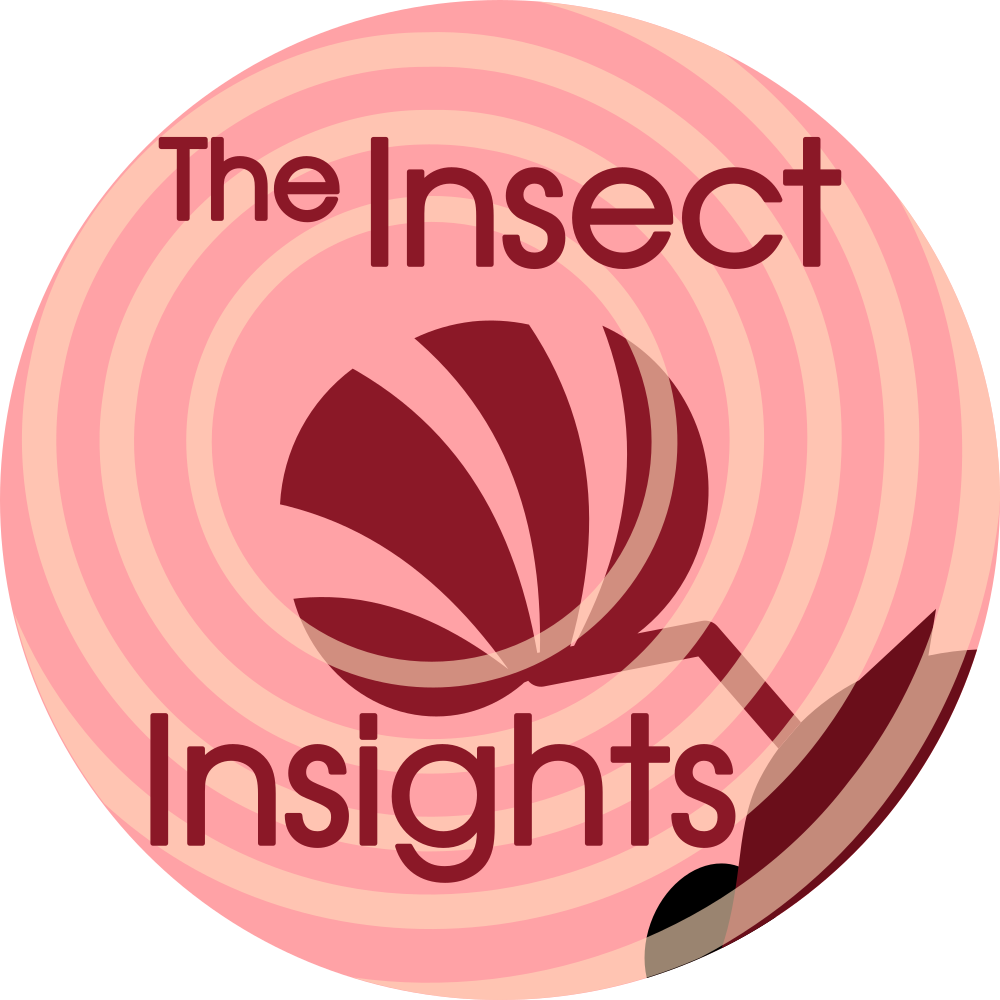Xenos vesparum, a twisted parasite
The story of a clever parasite in a wasp butt.
You can listen to it over there
And find the other episodes on there, or on any podcast app:



This episodes uses the "Southern European Summer" soundscape, which I made from INaturalist recordings. You can find the details credits on the dedicated page.
Transcript
Picture yourself in Italy, in a Chianti vineyard.
[Cricket, cicada, and bird sounds fade in]
The sun is high in the summer sky, but it doesn’t shine on you,
because you are a parasite hidden in the butt of a paper wasp.
Hi and welcome to Insect Insights, chill insect stories to relax and
wonder, available wherever podcasts are. If you like this podcast, you
can subscribe, leave a review and even an insect question. I am Max,
your host, and I hope you are ready to dive into insect knowledge for
another insight!
You are a twisted wing parasite, a small insect from order
Strepsiptera. Safely hidden in the gaster of the wasp serving you as a
home, you are almost ready to let your head peak between her tergites
(the dorsal plates protecting her body). This will be the first step to
reproduce, as you will be able to attract a male to mate with.
You are soon at the end of your life, as you will not survive the
process of reproducing. The perfect time to reflect on your fascinating
life, and your fusional relationship with your host. You entered it when
it was only a grub, and you were an agile microscopic larva.
Like the thrifty parasite you are, once you were inside, you molted
in a simpler form, without the legs you did not need anymore. You
patiently waited for the grub to grow, slowly growing as well. And when
the wasp grub started its final transformation, so did you.
As you were both adults, you started influencing its hormonal system,
to be sure that instead of working together with other worker wasps, it
would play another card of its behavioral hand, and think itself a queen
waiting for the winter, and aggregate outside with other parasitized
wasps. The perfect place for you to meet your male! You can even stay
inside, as it is the male who will get out of his wasp-butt-home, and
come find you.
Sources
Beani, L. (2006) ‘Crazy wasps: When parasites manipulate the Polistes
phenotype’, Annales Zoologici Fennici, 43(5), pp. 564–574.



